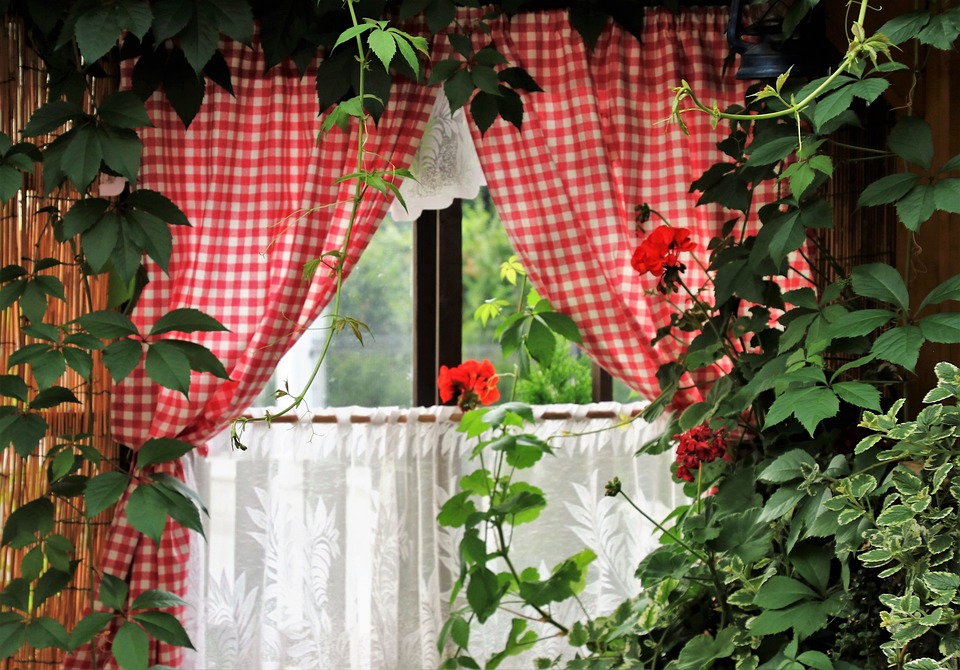Introduction
Indoor gardening, also known as houseplant cultivation, has become an increasingly popular trend in recent years.
As people spend more time indoors, they seek ways to bring nature closer to them.
Indoor gardening provides a solution by allowing individuals to create their own miniature green oasis right inside their homes.
This article will explore the rise of indoor gardening, its benefits, and how to get started.
The Benefits of Indoor Gardening
Indoor gardening offers numerous benefits for both physical and mental well-being.
Firstly, plants act as natural air purifiers, absorbing harmful toxins and releasing clean oxygen.
This leads to improved indoor air quality, which is especially beneficial for those living in urban environments with limited access to fresh air.
Additionally, plants contribute to a calming and soothing atmosphere, reducing stress and anxiety levels.
Moreover, indoor gardening can be a rewarding and fulfilling hobby.
It provides a sense of accomplishment as you watch your plants grow and flourish.
Taking care of plants also teaches responsibility and patience.
Many individuals find indoor gardening to be a therapeutic practice, helping them relax and unwind after a long day.
Types of Indoor Gardens
There are various types of indoor gardens to suit different preferences and spaces.
One popular option is the herb garden, which allows you to grow flavorful herbs such as basil, parsley, and mint right on your kitchen windowsill.
This not only adds fresh ingredients to your meals but also adds a pleasant aroma to your space.
Succulent and cacti gardens are another popular choice due to their low maintenance requirements.
These plants thrive in dry environments and require minimal watering.
Their unique shapes and textures can also add visual interest to your indoor space.
If you have a larger space, you may consider a tropical garden.
These gardens consist of plants with lush foliage, such as ferns and palms, and create a tropical ambience in your home.
They can be particularly suitable for bathrooms or rooms with high humidity.
Getting Started
To start your indoor garden, it’s important to assess the lighting conditions of your space.
Most plants require bright, indirect light to thrive, so placing them near a window is usually ideal.
However, if natural light is limited, you can also use artificial grow lights to supplement the lighting.
Next, choose the right plants for your indoor garden.
Consider factors such as their water and light requirements, as well as the available space.
It’s also helpful to research the specific care instructions for each plant to ensure you provide optimal growing conditions.
When it comes to containers, there are various options available, from traditional pots to hanging baskets and wall-mounted planters.
Choose containers that provide adequate drainage and match the aesthetic of your space.
Lastly, establish a watering routine and provide the necessary nutrients for your plants.
Remember that overwatering can be as detrimental as underwatering, so it’s essential to strike a balance.
Regularly monitor your plants for signs of distress or pests and take appropriate action when needed.
FAQs
Can I start an indoor garden without natural light?
While natural light is preferred, it is still possible to have an indoor garden without it.
You can use artificial grow lights that mimic the sun’s spectrum to provide the necessary light for your plants.
What are some low-maintenance indoor plants for beginners?
For beginners, some low-maintenance plants include snake plants, pothos, and ZZ plants.
These plants can tolerate a range of light conditions and require minimal watering.
How often should I water my indoor plants?
The frequency of watering depends on the type of plant and environmental conditions.
It’s best to check the moisture level of the soil before watering.
Overwatering can lead to root rot, while underwatering can cause dehydration.
The goal is to keep the soil evenly moist but not waterlogged.
How can I prevent pests in my indoor garden?
To prevent pests, regularly inspect your plants for any signs of infestation.
You can also use natural remedies like neem oil or insecticidal soap to control common houseplant pests.
Additionally, maintaining a clean and dust-free environment can deter pests from taking hold.
What are the best indoor plants for improving air quality?
Some plants known for their air-purifying properties include peace lilies, spider plants, and aloe vera.
These plants can remove common indoor pollutants, like benzene and formaldehyde, from the air and improve overall air quality.




